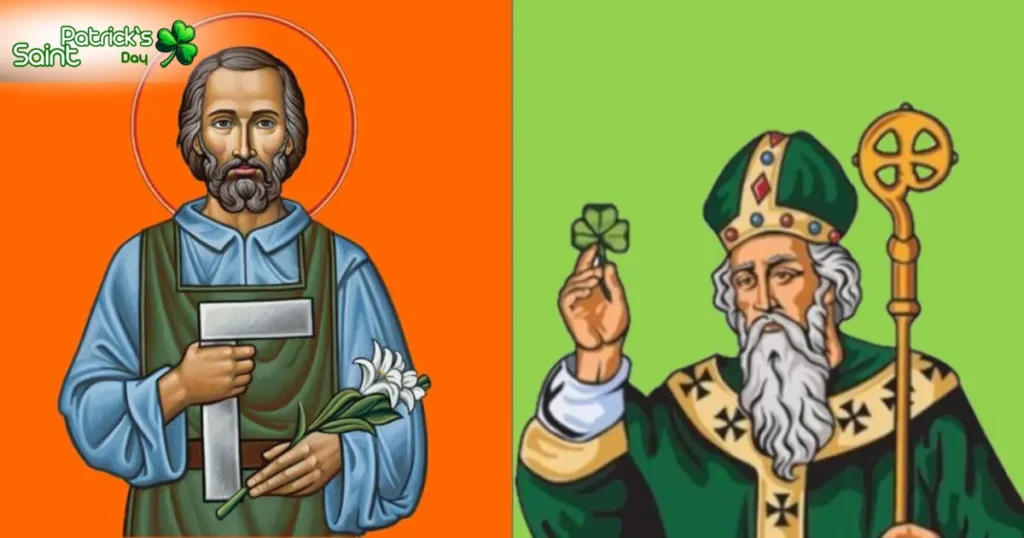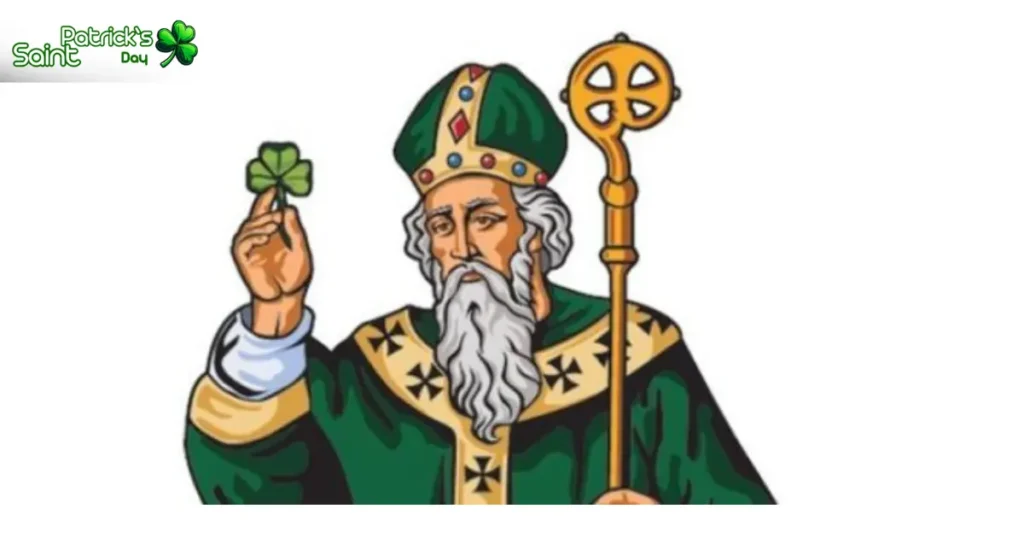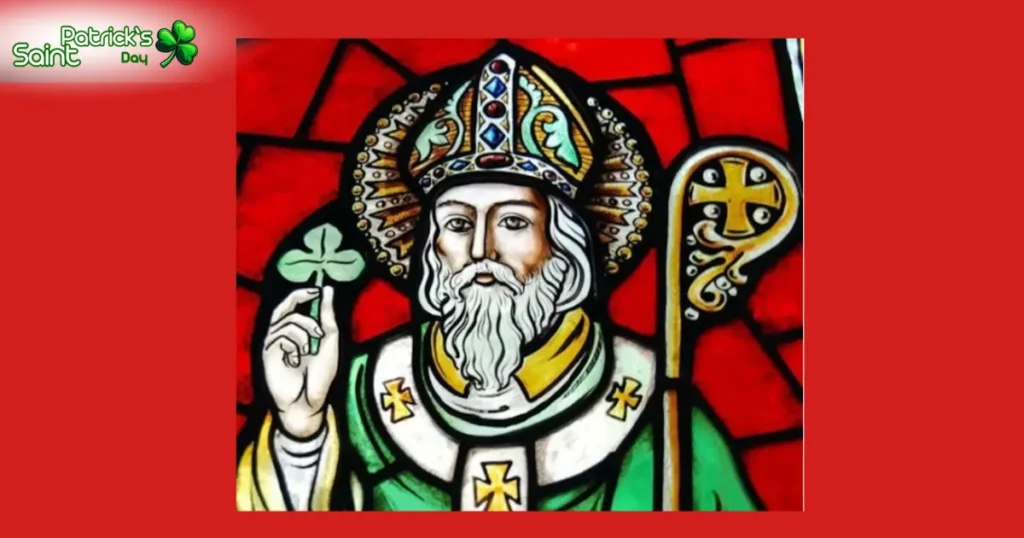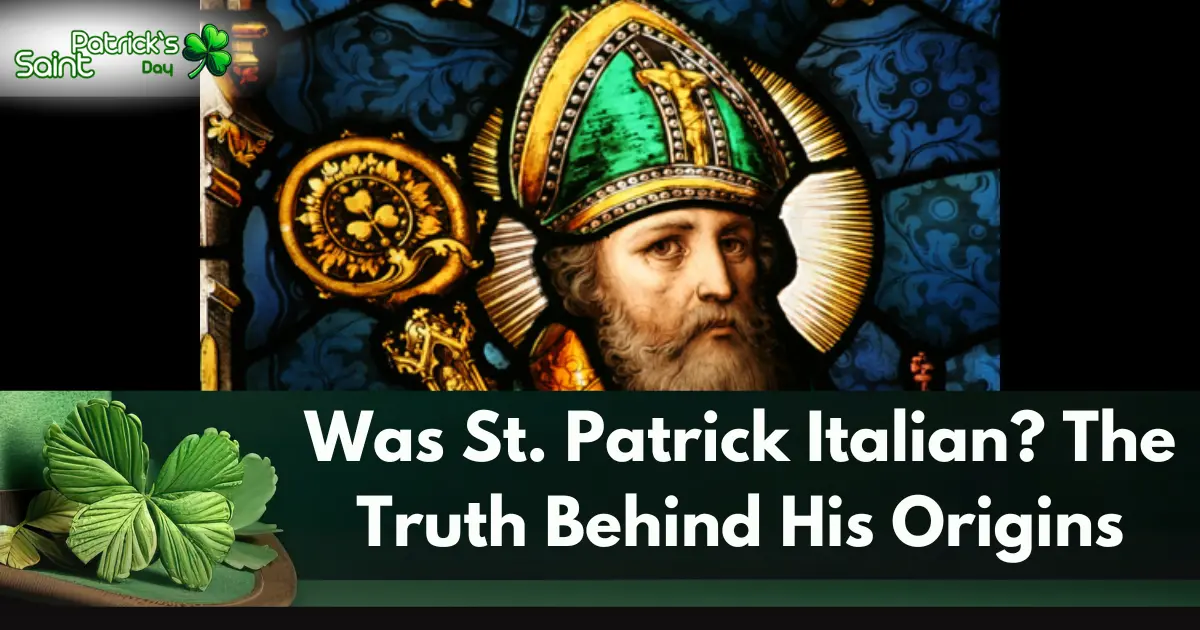St. Patrick was not Italian; he was born in Britain, likely of Roman descent. While his family had Roman ties, he was not ethnically Italian. His true legacy lies in his missionary work in Ireland.
Who Was St. Patrick? Understanding His True Origins

St. Patrick is widely celebrated as the patron saint of Ireland, but misconceptions about his origins persist. While some believe he was Italian due to the Roman influence in his lineage, historical evidence suggests.
He was born in Roman Britain around the late 4th or early 5th century. His family was of Roman descent, but that does not mean he was Italian by nationality.
Where Was St. Patrick Born? A Look Into His Early Life
- St. Patrick was born in Roman-controlled Britain, likely in present-day Wales, Scotland, or England.
- His birth name was Maewyn Succat, and his family was part of the Roman ruling class.
- His father, Calpurnius, was a deacon, and his grandfather, Potitus, was a priest.
- Though his ancestors were Roman citizens, they lived in Britain, not Italy.
This shows that while his lineage had Roman roots, he was not ethnically or nationally Italian.
St. Patrick’s Capture and Journey to Ireland
At the age of 16, Patrick was kidnapped by Irish raiders and taken to Ireland as a slave. He spent six years tending sheep and, during this time, developed a deep religious faith. Eventually, he escaped and returned home, but later, he felt a calling to return to Ireland as a missionary.
Was St. Patrick’s Family Italian? Breaking the Myth
- His family were Roman citizens, but that did not make them Italian.
- The Roman Empire ruled over vast regions, including Britain, which was home to many Romanized families.
- Citizenship did not equal ethnicity—many non-Italians were granted Roman citizenship.
- Historical records confirm that Patrick was British by birth and spent most of his life in Ireland, not Italy.
The Influence of Roman Culture on St. Patrick
Since his family had Roman ties, some people assume he was Italian. However, being Roman and being Italian were not the same. Many Roman citizens lived across the empire, and Patrick’s family likely had Roman traditions, but they were still British residents.
St. Patrick’s Missionary Work and Irish Legacy

How Did St. Patrick Become the Patron Saint of Ireland?
After escaping slavery and returning to Britain, St. Patrick felt a divine calling to return to Ireland and spread Christianity. Despite the hardships he faced, he dedicated his life to converting the Irish people and establishing churches, schools, and monasteries.
What Made St. Patrick’s Missionary Work Unique?
- Use of Local Culture: Instead of forcing Roman customs, he adapted Christianity to Irish traditions.
- Introduction of the Shamrock: He used the three-leaf clover to explain the Holy Trinity (Father, Son, and Holy Spirit).
- Baptism of Thousands: He baptized and converted thousands of Irish people over decades.
- Established Churches and Clergy: He ordained priests and helped structure Christianity in Ireland.
Why Do People Think St. Patrick Was Italian?
There are several reasons why this myth exists:
- Roman Name & Lineage: His family was of Roman descent, leading some to assume he was Italian.
- Confusion with Roman Citizenship: Many believe being a Roman citizen meant being from Italy.
- Misinformation Over Time: Over centuries, stories about his origins have been misinterpreted.
However, the historical evidence clearly points to him being from Roman Britain, not Italy.
Did St. Patrick Ever Visit Italy?
Yes, there are records suggesting he may have traveled to Gaul (modern-day France) and possibly Rome, but there is no solid evidence that he lived in Italy or had strong Italian connections. His spiritual mission and impact were centered in Ireland, not Italy.
The End of St. Patrick’s Life and His Lasting Influence
St. Patrick continued preaching and spreading Christianity in Ireland until his death on March 17, around 461 AD. He is believed to be buried in Downpatrick, Northern Ireland. His legacy is celebrated annually on St. Patrick’s Day, which honors his missionary work and contributions to Irish Christianity.
Debunking the Myth: St. Patrick’s True National Identity

Why Is There Still Confusion About St. Patrick’s Nationality?
Despite historical evidence, many people still question whether St. Patrick was Italian. This confusion arises due to:
- His Roman Name & Heritage – His birth name, Maewyn Succat, was later changed to the more Latinized “Patricius” (Patrick), leading some to associate him with Rome.
- Roman Citizenship Confusion – Many believe that being a Roman citizen meant being Italian, but Rome controlled vast territories, including Britain.
- Misinformation & Myths – Over the centuries, legends and storytelling have altered historical facts, spreading the misconception that St. Patrick was Italian.
St. Patrick’s Contributions to Irish Culture
Although he was born in Roman Britain, St. Patrick’s life and legacy are entirely linked to Ireland. His major contributions include:
✅ Bringing Christianity to Ireland – He played a key role in converting the Irish people.
✅ Eliminating Pagan Practices – He replaced druidic traditions with Christian teachings.
✅ Establishing Churches & Schools – His work laid the foundation for Ireland’s Christian faith.
✅ Using the Shamrock as a Symbol – He used the three-leaf clover to explain the Holy Trinity.
✅ Becoming the Patron Saint of Ireland – His impact made him Ireland’s most important religious figure.
Comparing St. Patrick’s Origins & Legacy
| Aspect | Fact |
|---|---|
| Birthplace | Roman Britain (likely Wales or Scotland) |
| Ethnic Background | Roman-British, not Italian |
| Missionary Work | Entirely in Ireland |
| Connection to Italy | None (except possible travel to Gaul/Rome) |
| Legacy | Patron Saint of Ireland, not Italy |
How St. Patrick’s Day Spread Worldwide
St. Patrick’s Day, originally a religious feast, became a global celebration of Irish culture. Irish immigrants spread the holiday to America, Canada, Australia, and other nations, making it an internationally recognized event.
Was St. Patrick Italian?
No, St. Patrick was not Italian. He was born in Roman Britain, spent most of his life in Ireland, and dedicated himself to spreading Christianity among the Irish. His legacy belongs to Ireland, not Italy.
Conclusion
The belief that St. Patrick was Italian is a myth. While he had Roman ties, he was born in Britain and became the most influential religious figure in Ireland. His story is about faith, perseverance, and his deep connection to Ireland, making him the true Patron Saint of Ireland.
FAQs
No, he was born in Roman Britain, likely in Wales, Scotland, or England.
His family was Roman, but they were citizens of Britain, not Italy.
Due to his Roman citizenship and Latinized name, but he was British, not Italian.
There is no strong evidence that he lived in Italy, but he may have traveled to Gaul (France) or Rome.
He is believed to be buried in Downpatrick, Northern Ireland.

